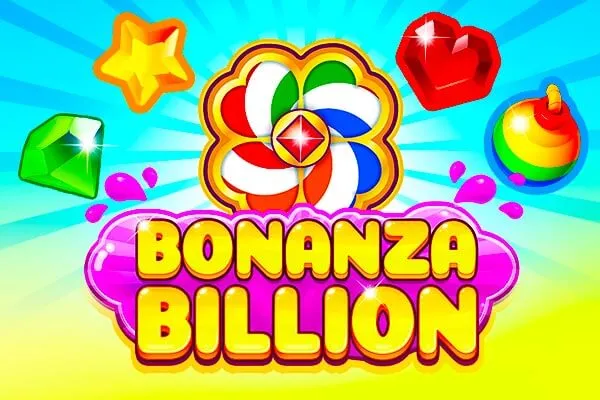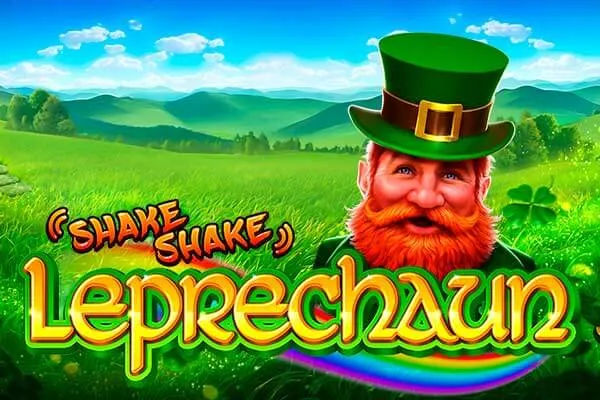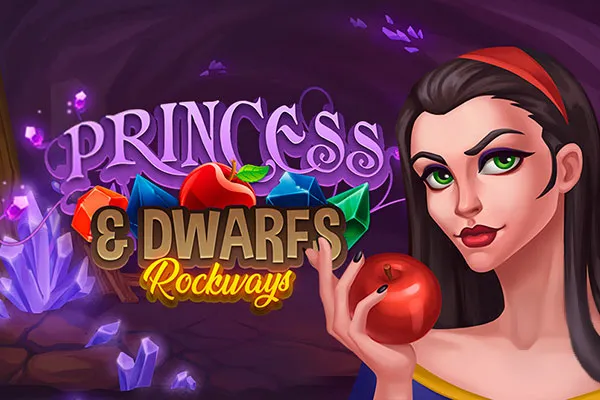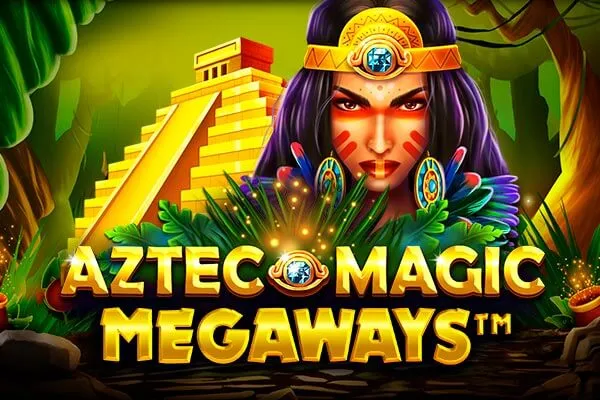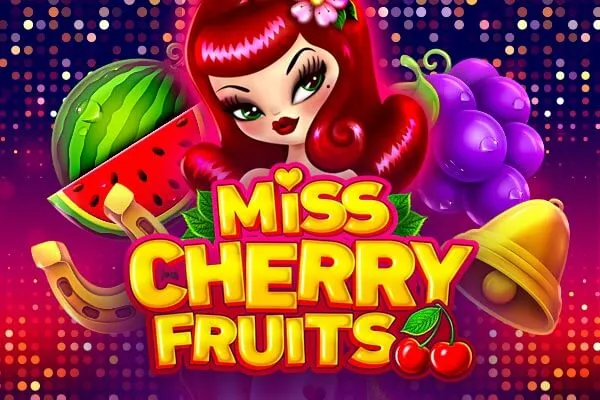Kamakathaikal: Exploring the Realm of Erotic Literature and its Cultural Significance in India
The term "Kamakathaikal" (காமக்கதைகள்) originates from Tamil and translates to "love stories" or "erotic tales." While the literal translation might seem straightforward, the term carries a complex cultural and historical weight, especially within the Indian context. This article delves into the world of Kamakathaikal, exploring its historical roots, cultural significance, the controversies surrounding it, and its modern interpretations, particularly within India. We'll examine how these narratives reflect societal attitudes towards sexuality, relationships, and desire, while also addressing the ethical considerations and legal ramifications associated with their creation and consumption.
Understanding the Reader's Intent
When searching for "Kamakathaikal," users are likely seeking a variety of information, including:
- Definitions and Origins: Understanding the meaning of the word and its etymological roots.
- Historical Context: Learning about the historical development of erotic literature in India and its connection to Kamakathaikal.
- Examples and Availability: Finding examples of Kamakathaikal stories and where to access them (though we will not provide direct links to explicit content).
- Cultural Significance: Exploring the role of Kamakathaikal in Indian culture and its impact on societal norms.
- Controversies and Legal Issues: Understanding the debates and legal restrictions surrounding erotic literature in India.
- Modern Interpretations: Examining how Kamakathaikal is being reinterpreted and reimagined in contemporary art, literature, and media.
This article aims to address all these aspects comprehensively, providing a balanced and informative perspective on the topic.
Historical Roots and Evolution
India boasts a rich and complex history of erotic literature and art. The roots of Kamakathaikal can be traced back to ancient texts and traditions, including:
- The Kama Sutra: Arguably the most famous example of ancient Indian erotic literature, the Kama Sutra, written by Vatsyayana, is not solely a sex manual. It is a comprehensive guide to the art of living, encompassing topics such as courtship, marriage, and pleasure.
- Temple Sculptures: Ancient temples like Khajuraho and Konark are adorned with intricate sculptures depicting various forms of erotic activity, reflecting a more open and celebratory attitude towards sexuality in certain periods of Indian history.
- Classical Literature: Sanskrit and Tamil literature contain numerous examples of erotic poetry and prose, often exploring themes of love, desire, and the human body.
- Folk Tales and Oral Traditions: Erotic tales have also been passed down through generations via oral traditions, often serving as a form of entertainment and social commentary.
Over time, these various influences shaped the development of Kamakathaikal, evolving alongside societal norms and values. The arrival of colonialism and Victorian morality brought about significant changes, leading to increased censorship and a more conservative attitude towards sexuality.
Cultural Significance in India
Kamakathaikal, despite the controversies surrounding it, holds a significant place in Indian culture. It reflects a complex interplay of tradition, modernity, and societal attitudes towards sexuality.
- Reflection of Societal Attitudes: Kamakathaikal often mirrors the prevailing social norms and values surrounding sexuality, relationships, and gender roles. By examining these narratives, we can gain insights into the evolving attitudes of Indian society towards these issues.
- Entertainment and Escapism: For many, Kamakathaikal provides a form of entertainment and escapism, allowing them to explore their fantasies and desires in a safe and controlled environment.
- Social Commentary: Some Kamakathaikal stories offer social commentary on issues such as gender inequality, sexual exploitation, and the hypocrisy surrounding sexuality.
- Artistic Expression: Kamakathaikal can be a form of artistic expression, allowing writers and artists to explore the complexities of human relationships and desires through creative storytelling.
However, it is crucial to acknowledge that the interpretation and acceptance of Kamakathaikal vary widely across different social groups and regions in India.
Controversies and Legal Issues
The creation and consumption of Kamakathaikal are often fraught with controversy and legal challenges in India.
- Censorship and Restrictions: India has a history of censorship and restrictions on erotic literature and art. Section 292 of the Indian Penal Code prohibits the publication and distribution of obscene material.
- Moral Policing: Moral policing groups often target individuals and organizations involved in the creation or distribution of Kamakathaikal, leading to harassment and legal action.
- Online Censorship: The Indian government has also been known to block websites and online content deemed obscene or offensive, including some Kamakathaikal platforms.
- Debate on Freedom of Expression: The debate surrounding Kamakathaikal often revolves around the conflict between freedom of expression and the need to protect public morality.
The legal landscape surrounding Kamakathaikal in India is complex and constantly evolving, making it challenging for creators and consumers to navigate.
Modern Interpretations and Adaptations
Despite the controversies, Kamakathaikal continues to be reinterpreted and reimagined in contemporary art, literature, and media.
- Modern Literature: Contemporary Indian writers are exploring themes of sexuality and desire in new and innovative ways, often drawing inspiration from Kamakathaikal traditions.
- Film and Television: Indian cinema and television are gradually becoming more open to depicting sexuality, although censorship and societal pressures remain significant obstacles.
- Online Platforms: The internet has provided a platform for creators to share their Kamakathaikal stories and connect with audiences, although they must navigate the legal and ethical challenges.
- Art and Photography: Contemporary Indian artists are using erotic imagery to challenge societal norms and explore themes of identity, desire, and power.
These modern interpretations of Kamakathaikal often reflect a more nuanced and progressive understanding of sexuality, challenging traditional notions and promoting greater openness and acceptance.
Ethical Considerations
When engaging with Kamakathaikal, it is essential to consider the ethical implications.
- Consent and Exploitation: It is crucial to ensure that all individuals involved in the creation of Kamakathaikal content have given their informed consent and are not being exploited.
- Objectification and Stereotypes: Kamakathaikal should avoid perpetuating harmful stereotypes or objectifying individuals based on their gender, race, or sexual orientation.
- Impact on Society: Creators and consumers of Kamakathaikal should be mindful of the potential impact of their work on society, particularly on vulnerable groups.
- Responsible Consumption: Consumers should engage with Kamakathaikal responsibly and critically, recognizing that it is a form of entertainment and not necessarily a reflection of reality.
By considering these ethical considerations, we can ensure that Kamakathaikal is created and consumed in a responsible and respectful manner.
The Future of Kamakathaikal in India
The future of Kamakathaikal in India remains uncertain, but several trends are likely to shape its development.
- Increased Openness: As Indian society becomes more open and accepting of sexuality, we may see a greater willingness to engage with Kamakathaikal in a more nuanced and critical way.
- Technological Advancements: The internet and social media will continue to play a significant role in the creation and distribution of Kamakathaikal, providing new opportunities for creators and consumers.
- Legal Challenges: Legal battles over censorship and freedom of expression are likely to continue, shaping the legal landscape surrounding Kamakathaikal.
- Cultural Dialogue: The ongoing dialogue about sexuality, gender, and relationships in India will influence the evolution of Kamakathaikal, reflecting the changing attitudes and values of society.
Ultimately, the future of Kamakathaikal in India will depend on the willingness of society to engage with these narratives in a thoughtful and responsible manner, balancing the need for freedom of expression with the protection of public morality.
Conclusion
Kamakathaikal represents a complex and multifaceted aspect of Indian culture. From its historical roots in ancient texts and traditions to its modern interpretations in art, literature, and media, Kamakathaikal reflects the evolving attitudes of Indian society towards sexuality, relationships, and desire. While controversies and legal challenges persist, Kamakathaikal continues to be a source of entertainment, social commentary, and artistic expression. By understanding the historical context, cultural significance, and ethical considerations surrounding Kamakathaikal, we can engage with these narratives in a more informed and responsible manner. The future of Kamakathaikal in India will depend on the ongoing dialogue about sexuality and freedom of expression, shaping its evolution and impact on society. As India navigates the complexities of tradition and modernity, Kamakathaikal will undoubtedly continue to play a role in shaping the cultural landscape.
Related Pages
- Mullaperiyar Dam Crisis: The Hidden Dangers Threatening South India's Water Future!
- Radhika Jeweltech Share Price Today: Latest Surge Insights for Indian Investors!
- SkyExchange247: India's Top 24/7 Betting Exchange for Non-Stop Wins!
- Rajbet App: India's Ultimate Betting Thrill – Download Now & Win Big!
- Easy Fairplay4 Login: Secure Access for Indian Users Now!


